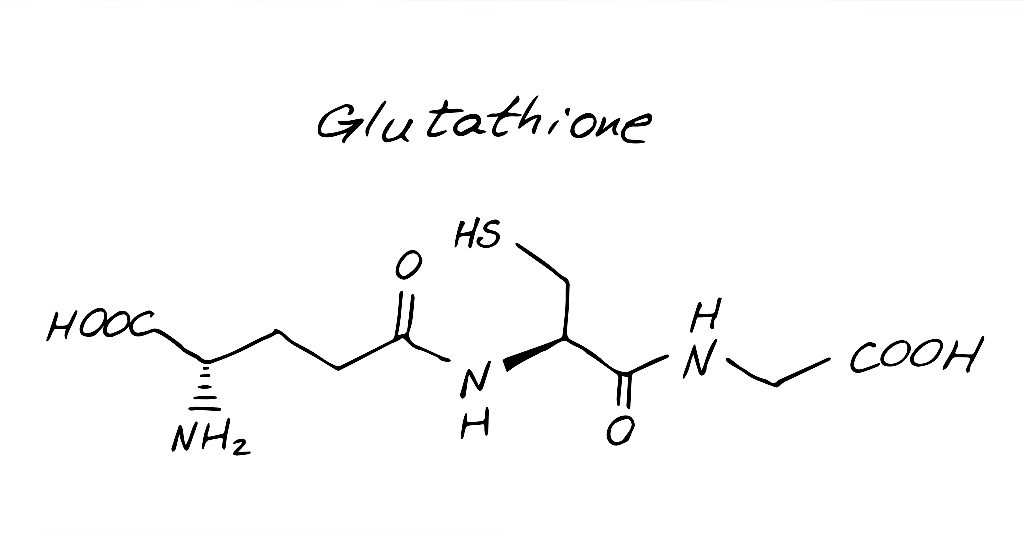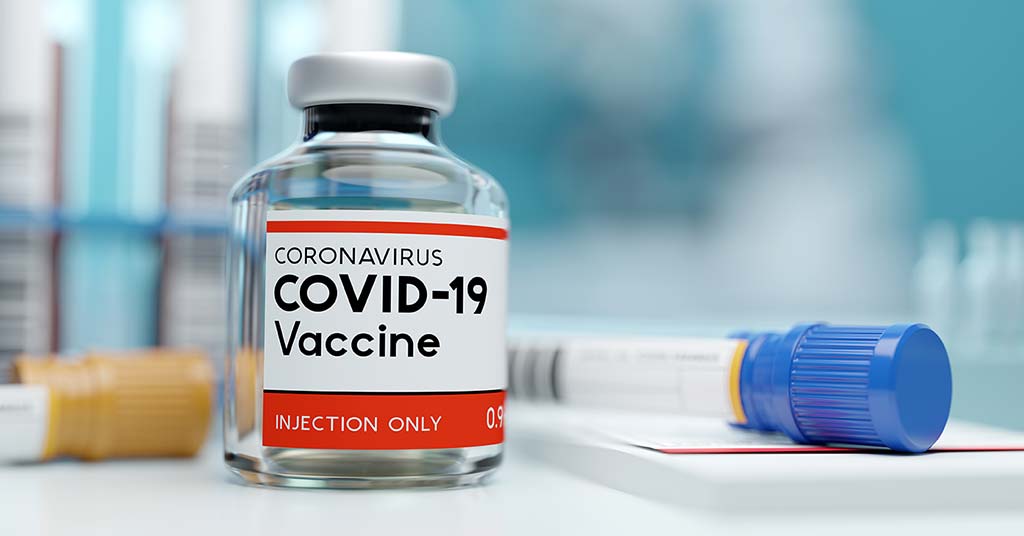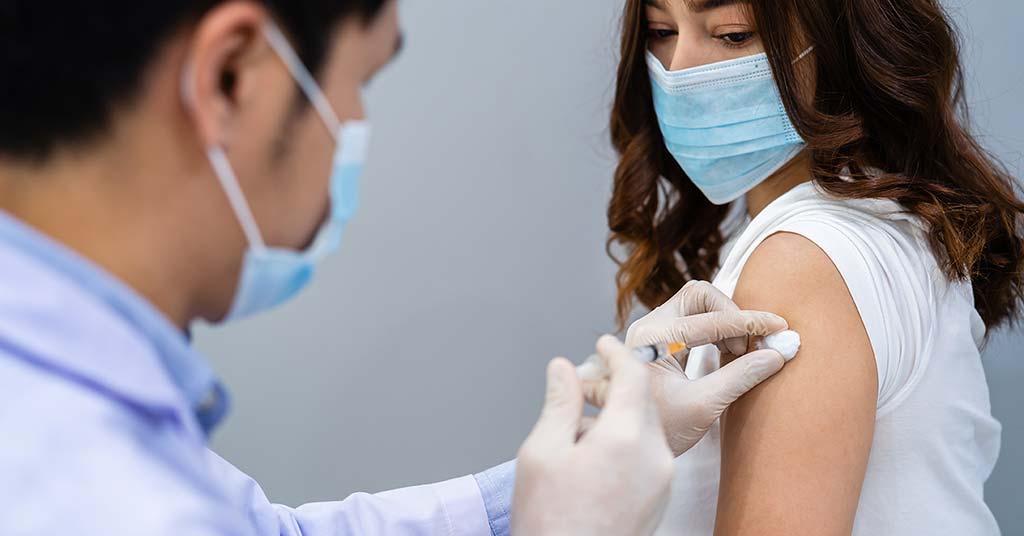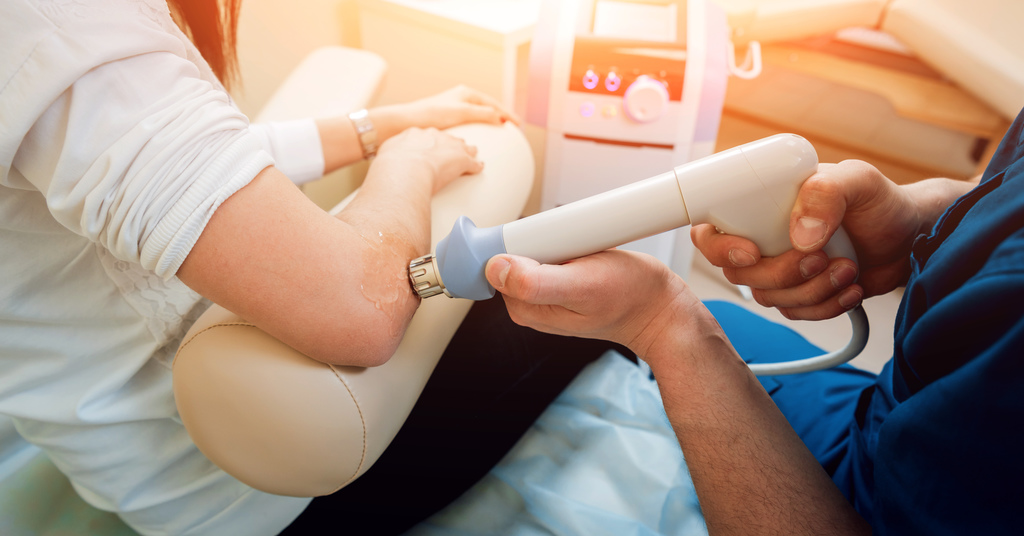Blog
‘Total’ Vs. ‘free’ Testosterone: What’s The Difference?
What’s the Difference Between Total Testosterone and Free Testosterone?
When something does not seem to be working quite right most men have a predisposition toward finding the cause so the problem can be “fixed”. Men who are having issues in the bedroom may devote time to searching the web for answers. And sooner or later, those searches will wind up focused on testosterone levels in men. If one digs a little more deeply, they will encounter the term free testosterone. From here it should be quite simple to figure out, right?
Well, not exactly. Some things are clearly easier to understand than others. And testosterone levels in men fits into the category of things that are more difficult to understand. In fact, it can be downright confusing. So, here’s a guide to the differences between total and free testosterone, what the numbers may mean and why it matters.
Women Produce Testosterone?
Most of us think of testosterone in terms of its impact on our sexual function and muscular development, but, in reality, this hormone affects the entire body – in both men and women.
Testosterone is produced in the testes, ovaries, adrenal glands, and via precursor hormones which are hormones that the body converts into testosterone. For the purposes of this discussion we will focus on how testosterone, often referred to as “the male hormone”, affects men.
The Testosterone Life Cycle
As boys grow into the teenage years and enter puberty, testosterone levels surge and transform bodies from a childlike state into virile and vibrant young men. Energy levels are sky high and strong libidos are often on full display. Of course, this is all just in time to discover an interest in sexuality which often leads to relationships and the creation of children.
Then as men age testosterone levels decrease. Today, although the debate over why continues, we are seeing decreases occurring in some men at a much earlier age than would have been expected only a few decades ago. Aging, itself, isn’t always the cause of the decrease but something is clearly going on. Dropping testosterone levels in men and associated experiences with bouts of erectile dysfunction are causing younger and younger men to seek out medical advice and treatment. Measuring testosterone levels in men can help diagnose not only sexual dysfunction but a variety of maladies as well.
Free Vs. Total Testosterone: What’s the Difference?
Approximately 98% of the testosterone the body produces is bound to either sex-hormone binding globulin (SHBG), or albumin. This is referred to as “bound testosterone.” The 2% that’s left is known as “free testosterone.”
This unbound or “free” testosterone is what connects with testosterone receptors within the body’s cells. When a cell absorbs free testosterone, it enables its functionality, such as cell replication in the bones and muscles. Free testosterone is also responsible for the creation of what are known as secondary sexual characteristics in men. These include things like facial hair and a deeper voice.
As the name suggests, total testosterone is the grand total of all the hormone available in the bloodstream. While some testosterone tests only account for total testosterone, they might not be as helpful as once thought. Here’s why.
A 98% proportion is normal for bound testosterone – but obviously, anomalies can occur. Limiting testing to total testosterone levels overlooks the possibility of excessive bondage to either SHBG or albumin. Here’s why it matters. The possibility of excessive bondage means that it is possible to have normal levels of total testosterone but still have insufficient free testosterone to perform its essential functions. Too little free testosterone can lead to poor muscle development, irritability, lowered sex drive and a host of other issues that one may not readily associate with too little free testosterone. Therefore, while total testosterone levels may appear healthy, low levels of free testosterone could lead to improper diagnosis and treatment plans. For example, a patient may not need more testosterone. They may simply need less of substances that tend to convert testosterone into other substances such as estrogen. This is why it may be critically important to test for free testosterone levels and not just total testosterone alone.
Bioavailable Testosterone
Until recently, free testosterone was the only type considered biologically active. It turns out, however, that the portion of the hormone bound to serum albumin tends to become available in the capillary bed. Therefore, non-SHBG-bound testosterone is also deemed as “bioavailable.”
One way of looking at bioavailable testosterone is that it is like a reserve supply, ready for use when the body is low on free testosterone. However, scientists still don’t know how much bioavailable testosterone goes on to be absorbed by cells in these conditions.
In most cases, bioavailable and free testosterone run even. Exceptions to this are known to manifest due to certain medical conditions and medications. For example, corticosteroids and sex steroids may cause an increase or decrease in SHBG amounts. In such instances, medical professionals may have difficulty properly diagnosing abnormalities. For this reason, it is critical that men disclose to their doctors all the medications they are taking as a part of their consultation.
There are also other conditions that may cause diagnostic problems. These include:
- Genetically caused SHBG-binding abnormalities
- Liver disease
- Severe systemic illness
Increasing Free Testosterone Levels
There are two ways to improve free testosterone levels. In general, anything that increases total testosterone levels (such as forms of exercise or supplementation) will also elevate free testosterone. The other method involves reducing SHBG bound testosterone.
While the aging process naturally increases SHBG bondage, other factors can accelerate the process. Levels of certain hormones such as insulin, growth hormone, estrogen, and thyroid hormones are known to affect SHBG bonding. Vitamins and herbs, including vitamin D and boron are thought to lower SHBG.
Hormonal Imbalances and Erectile Dysfunction
Testosterone clearly plays a key role in a man’s sexual function. Imbalances in testosterone levels can cause erectile dysfunction (ED) and decreased libido. However, testosterone may be only one of a large number of factors contributing to ED. In future articles we will continue to explore more of those factors.
Be sure to join us for future articles as we discuss this and other topics related to how men can gain and retain vitality at any age.
‹ Back






